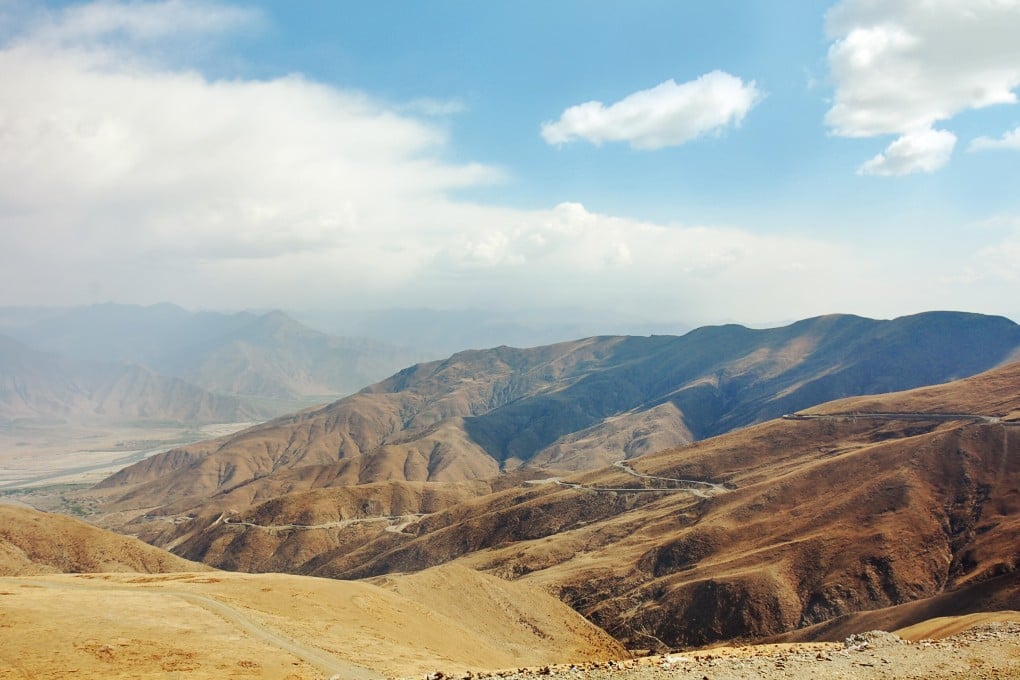Chinese scientists use sound waves to increase rainfall on Tibetan Plateau
- Team from Tsinghua University use sound energy to increase rainfall on Tibetan Plateau by up to 17 per cent
- Researchers say technique has no detrimental impact on the environment, but more data needed to prove its efficacy

Powerful, low-frequency sound waves could be used to trigger rainfall in areas that suffer from drought, according to a study by researchers at Tsinghua University in Beijing.
“The total annual atmospheric water vapour resource in China is about 20 trillion tonnes. [But] only 20 per cent forms natural precipitation that reaches the ground, and the precipitation conversion rate in western regions is even smaller,” said the team led by Professor Wang Guangqian from the university’s State Key Laboratory of Hydro-science and Engineering.
The sound energy might have changed cloud physics, but the cause of the phenomenon would require further investigation, the researchers said in a peer-reviewed paper published in Scientia Sinica Technologica last week.
Unlike other rainmaking technologies, sound generation produced no chemical pollution and required no “airborne vehicles such as aircraft or rockets”, Wang said. “And there is the possibility of remote control with low cost.”
The experiment is likely to add fuel to the long-running debate in China on the feasibility and environmental impact of large-scale weather modification programmes.